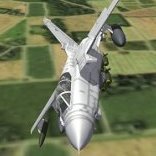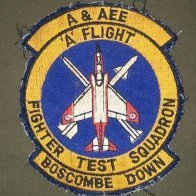Xian FBC-1 Flying Leopard - Mongolian Air Force, 2008
Under Soviet pressure at the end of World War Two, the Republic of China was obliged to formally accept Mongolian independence. However, following the Communists victory in the Chinese Civil War, the People's Republic of China warmly recognised Mongolia's independent status and established diplomatic relations with Mongolia during 1949. Although Mongolia aligned itself with the Soviet Union during the Cold War both nations patiently came to agreement on border disputes and by 1986 they had begun to establish trade agreements that paved the way for the 1988 treaty on border control and the 1994 treaty of friendship.
By 2002, China had become Mongolia's biggest trade partner and their largest source of foreign investment with China allowing the use of its Tianjin port to give Mongolia access to trade within the Asia Pacific region and, in return, giving China access to Mongolia's natural resources. In a move designed to bolster regional security China exported 20 Xian FBC-1 Flying Leopard fighter-bombers (the export version of the JH-7A) which entered service with the Mongolian Air Force in 2008.
















